|
Papa, get the moon for me
1.Before Monica went to bed she looked out of her window and saw the moon.The moon looked so near "I wish I could play with the moon" thought Monica, and reached for
it.But no mater how much she stretched, she could not touch the moon.
5.“My daughter Monica would like to play with you." said papa," but you are much to big. " "
“Every night I get a little smaller," said the moon. "When I am just the right size you can take me with you." And, indeed, the moon get smaller and smaller and
smaller.
6.When the moon was just the right size, papa took it.Down and down and down he climbed.
7."Here," said papa to Monica, " I have the moon for you."
8.Monica jumped and danced with the moon. She hugged the moon and threw it into the air.
9.But the moon kept getting smaller and smaller and smaller, and finally it disappeared altogether.
10.Then, on night, Monica saw a thin sliver of the moon reappear. Each night the
moon grew… and grew and grew.
Monica wants the moon to play with, so her Papa sets out to get it. It isn't easy to climb to the moon, but he finally succeeds -- only to find the moon is too big to carry home. Children will love the joyful way in which this problem is solved.
Now available as a Classic Board Book edition, this delightful story literally unfolds as pages open dramatically, extending both outward and upward.
Eric Carle is the author and illustrator of more than seventy books for children, many of them bestsellers. Born in Syracuse, New York, he moved to Germany with his parents when he was six years old. He studied at the Academy of Graphic Arts in Stuttgart before returning to the United States, where he worked as a graphic designer for The New York Times and later as art director for an international advertising agency. His first two books, 1,2,3 to the Zoo and The Very Hungry Caterpillar, gained him immediate international recognition. The latter title, now considered a modern classic, has sold more than 30 million copies and has been translated into forty-eight languages. Eric Carle and his wife, Barbara, divide their time between the mountains of North Carolina and the Florida Keys.
艾瑞·卡尔
1929年出生于纽约,1935年随父母返德国定居。艾瑞·卡尔讨厌德国式的教育,权威教育下的学校生活及时代的战乱,让他的少年时光并不快乐。战后,从小就展露绘画天分且向往自由浪漫的艾瑞·卡尔,在中学绘画老师的推荐及母亲的鼓励下,进入斯图加特艺术学院学习了四年的商业设计,一毕业即在时尚杂志担任艺术总监。1952年,艾瑞·卡尔再次踏上他要实现梦想的土地——美国。因缘巧合,艾瑞·卡尔得到李欧·李奥尼的赏识和推荐,顺利开始他在《纽约时报》的工作,发挥美术兼广告设计的长才。1960年成立了个人工作室,辛勤工作之外,他更渴望蜕变、渴望创作!
1967年,艾瑞·卡尔首次有机会为孩子的书配上插画,这次充满乐趣、大胆发挥创意的过程,让他感觉畅快淋漓,也引领他日后走向为儿童创作图画书的道路。他年近40才开始创作图画书,迄今为止,已经创作了《棕色的熊、棕色的熊,你在看什么?》、《好饿的毛毛虫》、《海马先生》、《爸爸,我要月亮》等70多本色彩缤纷、富含想象力的拼贴画风格的图画书,被翻译成了多种语言,小读者遍布世界各地,并荣获多项世界著名儿童图画书奖。他笔下那条最著名的毛毛虫,已被翻译成近50种语言版本,销量突破3300万,风行世界40余年。
书评:
A simple story, briefly told, which revolves around the waxing and waning
of the moon. Monica asks Papa to bring her the moon, that she might play
with it. By dint of "a very long ladder" and a mountain, Papa reaches the moon,
waits until it becomes smaller, and obligingly retrieves it. Of course the moon
continues to shrink and soon disappears, but a few nights later Monica sees it
once again in the sky, where it begins to grow anew. Many of the pages fold
out to double their size, which will delight young listeners but may be awkward
for the storyteller during a group experience. Carle's illustrations are up to his
usual excellence, bright and uncluttered, with the benignant moon a dominant
feature. The flaw here is a weak ending; children are not exactly left hanging,
but neither is there a strong sense of conclusion. While this is not a pourquoi
tale in the true sense of the word, the changing moon is a familiar subject, and
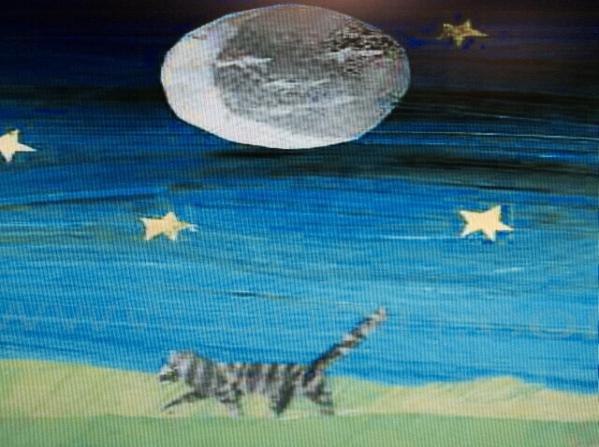 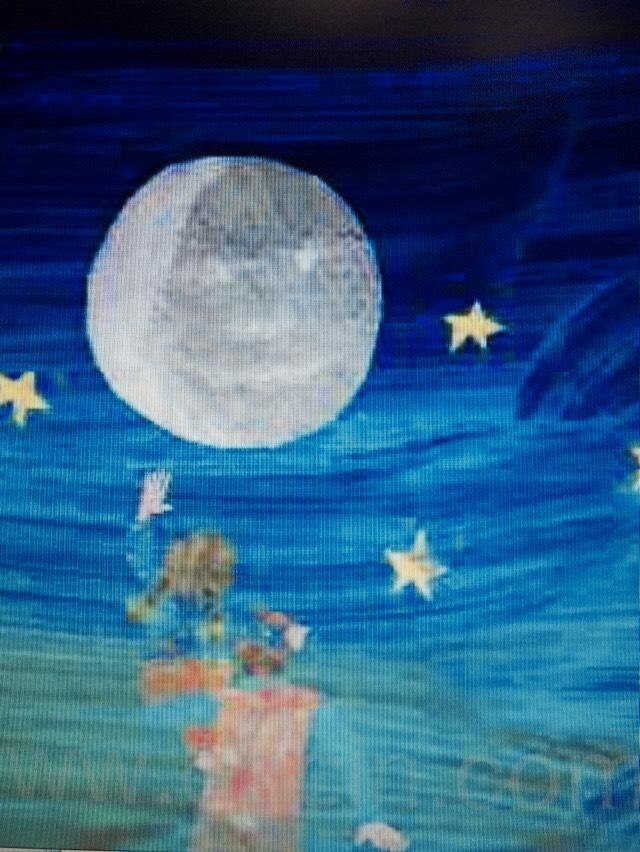 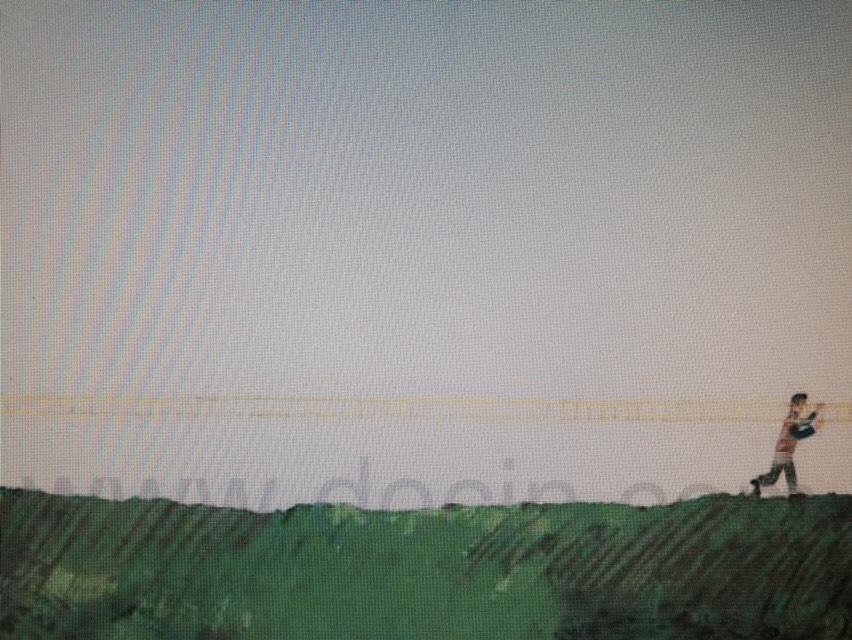 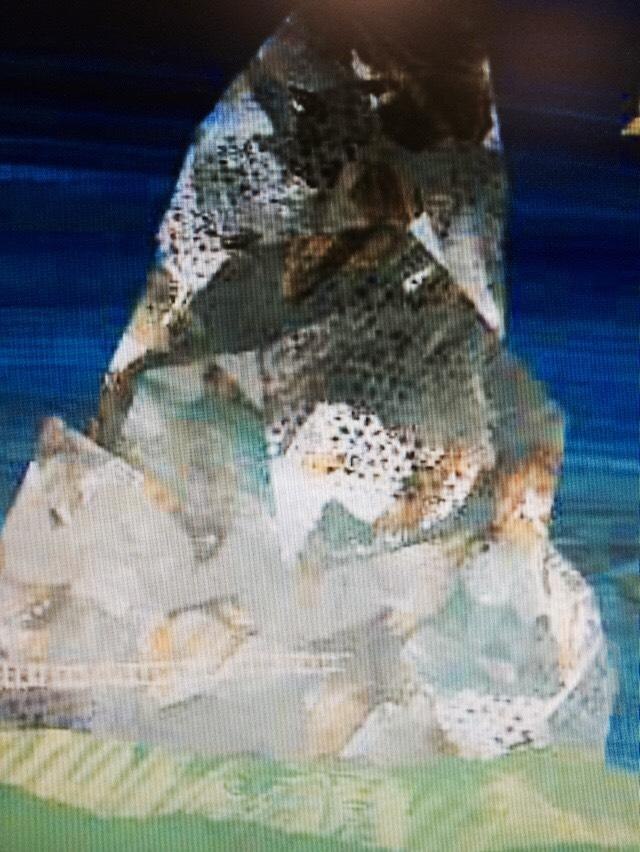 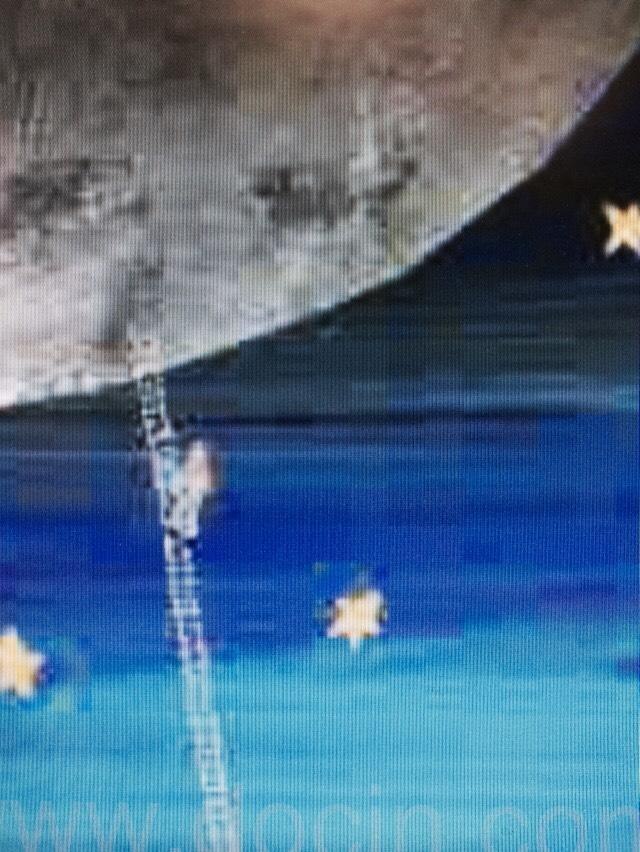 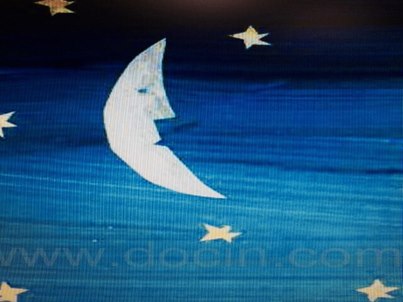 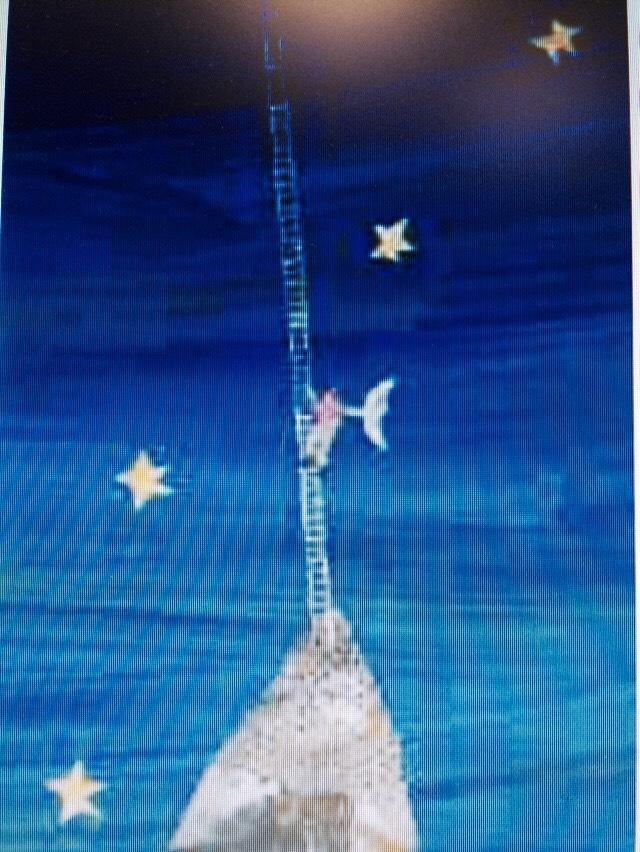  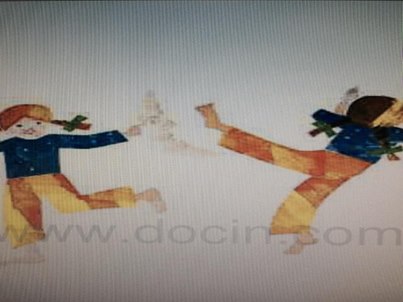 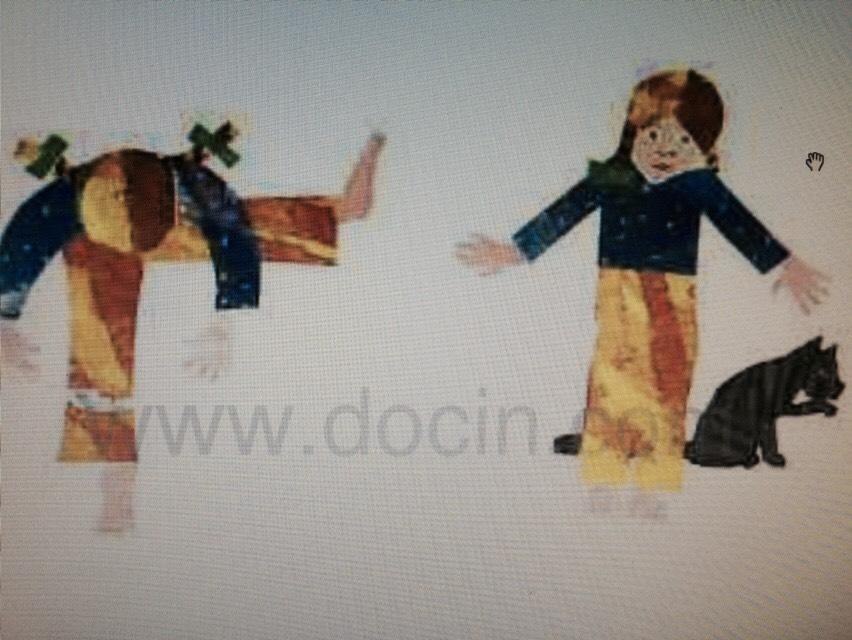 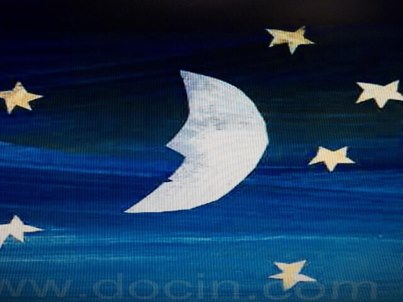 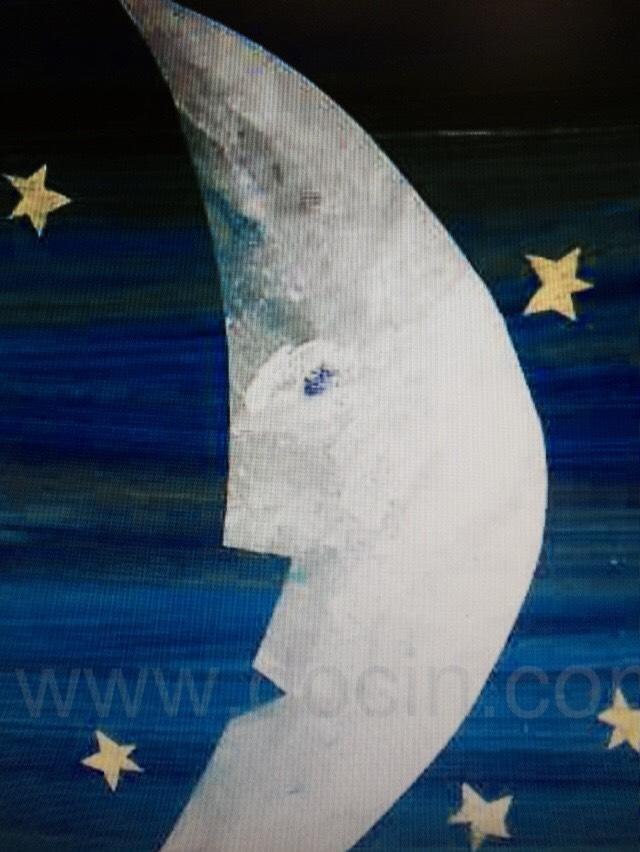  the illustrations have enough merit to attract children. the illustrations have enough merit to attract children.
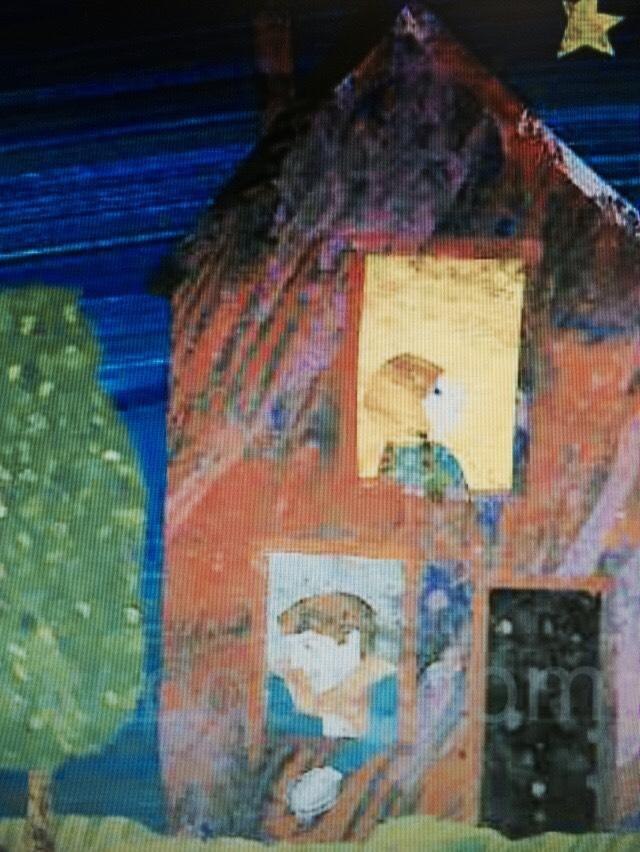
3.Papa get a very long ladder,he carried the very ladder towards a very high mountain.
4.Then Papa put the very long ladder on top of the very high mountain. Up and
up and up he climbed.Finally, papa got to the moon. "
2."Papa," said Monica to her father, " Please get the moon for me."
|

